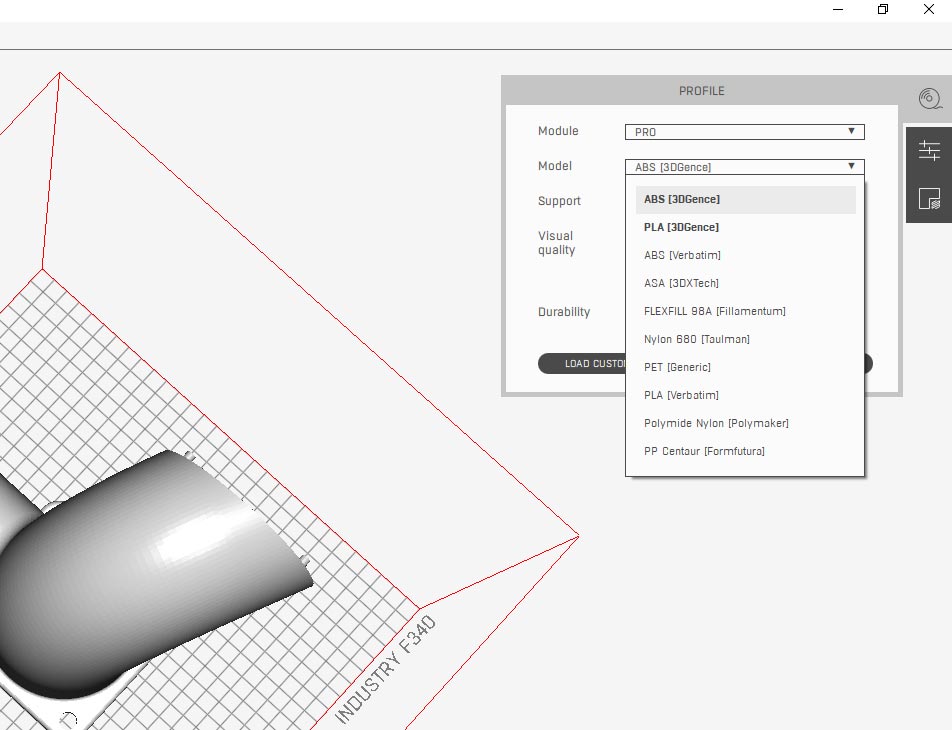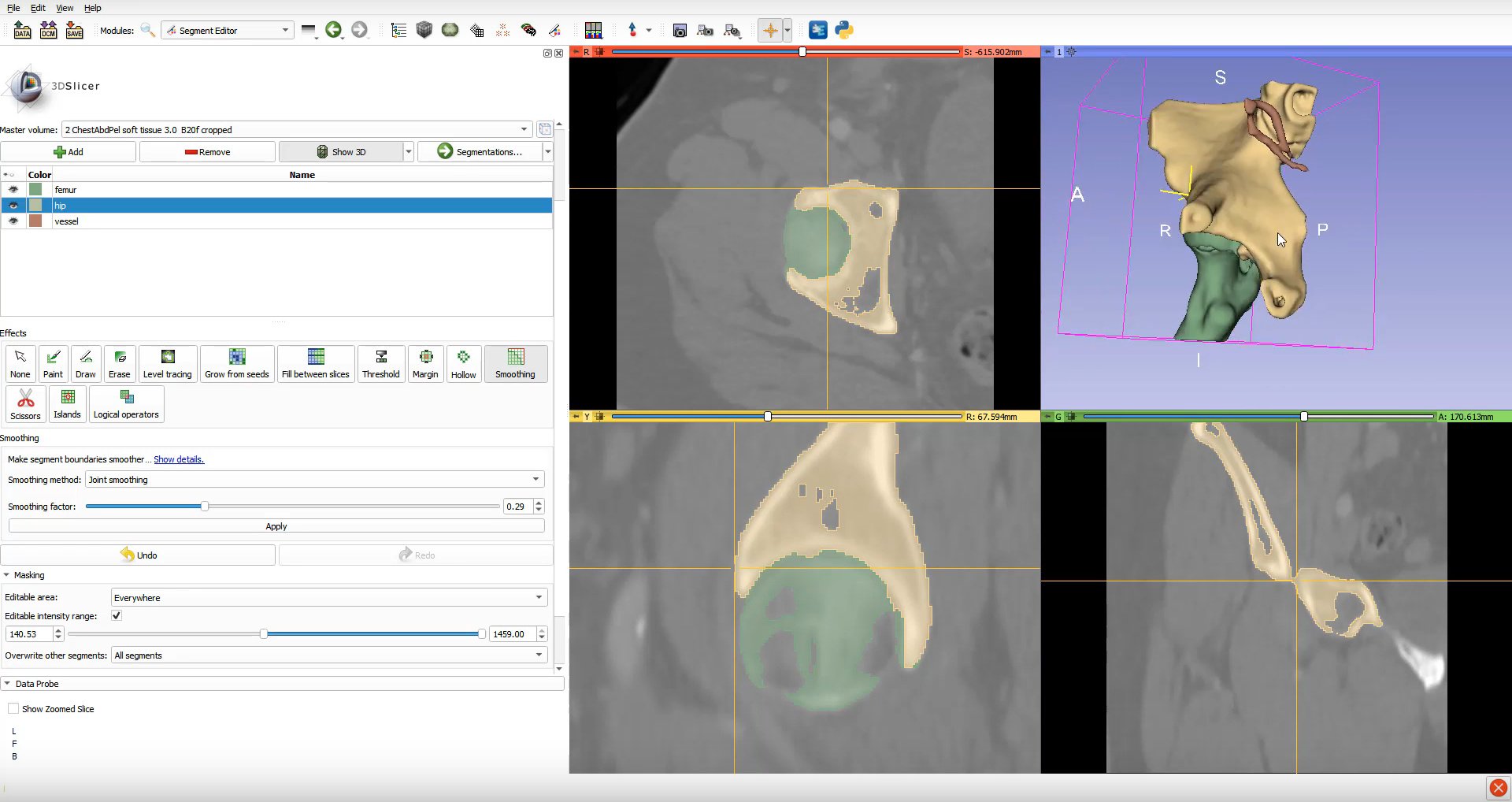

- #Download slicer 3d data how to#
- #Download slicer 3d data install#
- #Download slicer 3d data driver#
- #Download slicer 3d data code#
- #Download slicer 3d data download#
Please note that 3D Slicer needs to be compiled against Qt5 and VTK 9. Finally, build Slicer Virtual Reality following the instructions in 3D Slicer’s developer documentation.
#Download slicer 3d data code#
Then, check out the VR extension source code from the Kitware Medical repository. To build Slicer Virtual Reality, first, complete the 3D Slicer nightly build according to the 3D Slicer Developers manual. SlicerVirtualReality toolbar (top) and the Virtual Reality rendering settings configuration user interface (bottom).

In this new toolbar, you can enable VR rendering by clicking the first button that shows the HMD logo (highlighted below). The settings button on the right allows you to configure the VR rendering.
#Download slicer 3d data install#
Once you install the extension, the virtual reality toolbar shown below will be displayed as part of the 3D Slicer application. SlicerVirtualReality extension is available as part of the nightly Slicer Extensions Manager.
#Download slicer 3d data download#
Slicer Virtual Reality is available for download using the Slicer Extensions Manager of the nightly versions of 3D Slicer, which is available on. Downloading from Slicer Extensions Manager The are two ways to enable VR in 3D Slicer: (1) Download the extension module from the Slicer Extensions Manager, and (2) build the module from the source code. For now, this means Windows, although there is a beta version for Linux. Slicer Virtual Reality can be used on any platform where OpenVR and VTK OpenVR are available and able to compile.
#Download slicer 3d data how to#
Now that we have provided an overview of Slicer Virtual Reality, we will describe how to install the extension and discuss a few projects actively using the extension module. Tune advanced volume rendering performance in the VR module in order to find a good balance between image quality and refresh rate.Grab and reposition objects using the trigger on the right controller on HTC Vive and other mixed reality headsets and.Align the headset’s view to match the viewpoint of the selected 3D view.Visualize 4D datasets using any rendering technique (including volume rendering) by means of the Sequences extension.View all 3D content typically displayed in the 3D view (e.g., 3D image data in the form of 2D image slices, volume renderings, and 3D models) inside the VR headset with a single click.The orientation of the controller specifies the direction, while the position of the finger on the touchpad determines the speed. Furthermore, you can navigate the 3D scene using the touchpad of the right controller of HTC Vive and other mixed reality headsets.
#Download slicer 3d data driver#
These transforms can be implemented in custom modules to reslice volumes (with the Volume Reslice Driver module in the SlicerIGT extension ) or to manipulate any data in the scene. You can also use the pose of the HMD controllers as transforms in the 3D Slicer scene. Interactions with other widgets will be enabled in the future. (Compatible HMDs include Oculus Rift HTC Vive and Windows Mixed Reality headsets by Acer, Lenovo, and HP.) For now, you can interact with the implicit plane, the region of interest and the fiducial widgets. With Slicer Virtual Reality, you can directly interact with the scene using the VR controllers that ship with a headset.

Hence, if you modify the scene in the 3D view, it will be instantly reflected in the VR view and vice versa. This VR view is synchronized with the 3D Slicer scene. Every model, volume or widget that can be displayed in 3D Slicer’s 3D view can also be displayed in the VR view. The VR support for 3D Slicer comes through the Slicer Virtual Reality extension, which relies on OpenVR modules. More specifically, you can interact with a scene in 3D Slicer using a VR head-mounted device (HMD) to train for medical procedures perform surgical planning or identify trends, patterns, and outliers in data. The VR view (right) in 3D Slicer responds to the user’s head movements.ģD Slicer now enables you to visualize and explore 3D medical data in a fully immersive and more intuitively way, thanks to the addition of support for Virtual Reality (VR).


 0 kommentar(er)
0 kommentar(er)
